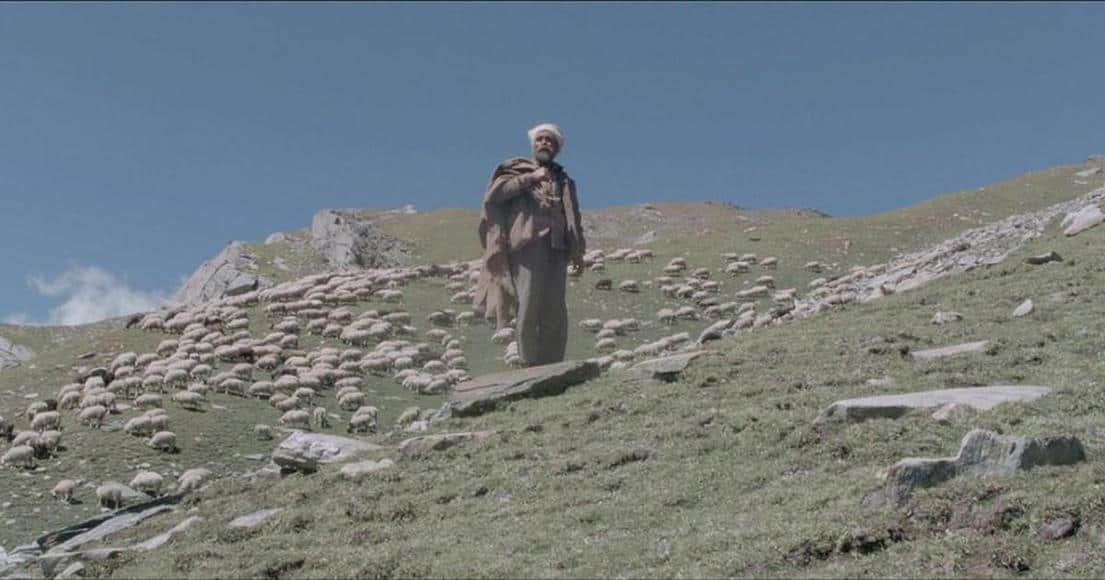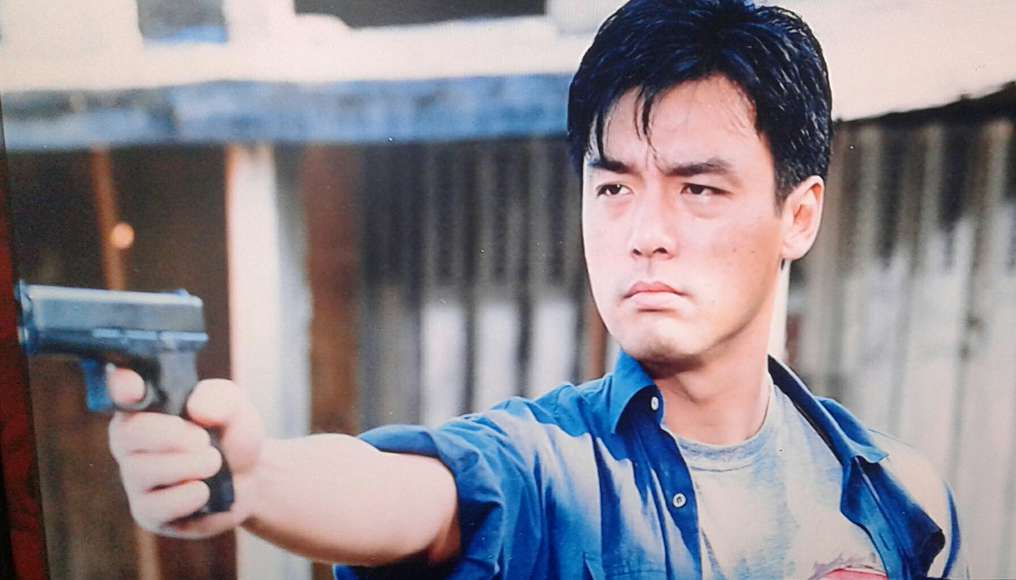In the late '60s and '70s, swordplay films across Taiwan and Hong Kong reemerged to a new wave of popularity. King Hu's „Dragon Inn” (1967) took several box offices by storm (set records in Taiwan, Korea, and the Philippines) and won the Golden Horse Award. By critics, it is regarded as one of the keystones of the genre, which influenced many others. And “Vengeance of the Phoenix Sisters” – by the “Dragon Inn”s editor Hung-min Chen – is one of the notable examples. As Professor Ru-Shou Robert Chen noted, the director followed the genre conventions of the wuxia set up by “Dragon Inn” (with the obligatory figure of the inn) but was also able to leave his trademark. Hung-min Chen found his inspirations also in westerns, and some scenes bear the visual style of Japanese chambara films. The latter has an explanation in the director's biography – in the early 60s, as a Central Motion Picture Corporation employee, he was sent to renowned Toho and Toei studios to develop his skills. Work for Central Motion Picture corporation had also another important impact – although the company specialized in Mandarin cinema, Taiwanese-language filmmakers used to send their works there for post-production. That is how Hung-min Chen acknowledged the world of Taiwanese movies.
“Vengeance of the Phoenix Sisters” is screening at Taiwan Film Festival Berlin

As we can read in a short introduction to the subject:
“Taiwanese-Language Cinema” refers to a cycle of at least 1,114 dramatic feature films made between 1955 and 1979 on the island of Taiwan in the local variety of the Minnanhua Chinese spoken language most commonly spoken there, also known as “Taiwanese.” It was not a genre, but an industry in its own right, and it produced films in a wide range of genres. These films were made by privately-owned companies. Most were small and many were short-lived. However, a core group of filmmakers and actors worked for these companies, and some individuals made over 100 films each during the Taiwanese-language cinema era. By 1959, annual production had reached over 60 films. After a dip marking the end of the first wave, production climbed to new heights in the 1960s, averaging around 100 films a year for most of the decade. The early 1970s saw a rapid decline, with only one film produced in 1974 and again in 1979, and none at all between those years”.
“Vengeance of the Phoenix Sisters”, made in Taiwanese, is one of the early Chen's works in the director's role (he did as such 20+ films in total, while his credits as an editor stretch over 100). Despite the limits of the low budget, he managed to create a solid entertainer, set in woolly once-upon-a-time, with threads and themes familiar to the genre lovers. As the title suggests, we get a juicy revenge story, in which unsurprisingly a family honor is at stake. In the prologue, a group of bandits slays a respectable man and his wife. But their children, three little daughters, manage to escape the carnage with the help of loyal servants. The eldest sister, Xiufeng, witnesses the last moments of her father, who burdens her with a vengeance oath. Due to some turmoil of fate, the girls grow up separated, preparing to fulfill their destiny. One day their paths will cross again. Will Xiufeng (Yang Lihua, Taiwanese gezaixi opera star), Qingfeng (Liu Qing) and Zhifeng (Jin Mei) recognize the lost loved ones in each other and would pay respects with swords to their late parents?
Of course, we can predict all the answers and the surprise element is not the point here. It is also not a tale loaded with many shades of gray or psychological development. Characters are good and bad and their deeds are black and white also Nevertheless, watching brings loads of pure joy. There's a lady disguised as a male (the eldest sister), there are cheeky female warriors and the filthy villains, and of course, plentiful fights accompanied by rhythmic sword's cling-clongs and whooshes. Interestingly, the presence of female warriors does not make this story feminist. The theme of fighting ladies was a popular choice. And the siblings from “The Vengeance…” are not emancipated or on their quest for gaining individuality, they are typical daughters of a patriarchal family, who must follow particular social ethics and codes of behavior. Once their fight is done, they might throw the blades.
Despite that the choreography is not as eye-catching and dynamic as in movies from later periods, it still has a balletic charm, and offers varied typed of confrontation: solo duels, group clashes, one vs. many of armed vs. armless, spectacular leaps and hugely satisfying grand finale duel. Camera work is quite impressive, taking many interesting angles: wide shots, as well as close-ups, and even hectic hand-held shoots. Black and white widescreen shots by Huang Ruizhang evoke also the shadow-play spirit of noir movies. Due to budget restrictions, the crew couldn't afford proper lighting, so creatively – and to interesting effect – car headlights were used during night shoots, what resulted in the oneiric, mysterious and almost mystic atmosphere.
But delight comes not only with action attractions, but also (rare) moments of melodrama, charming characters and an unpretentious comic relief – especially when ladies fall for their sister's youngling identity. Definitely a treat to watch.















